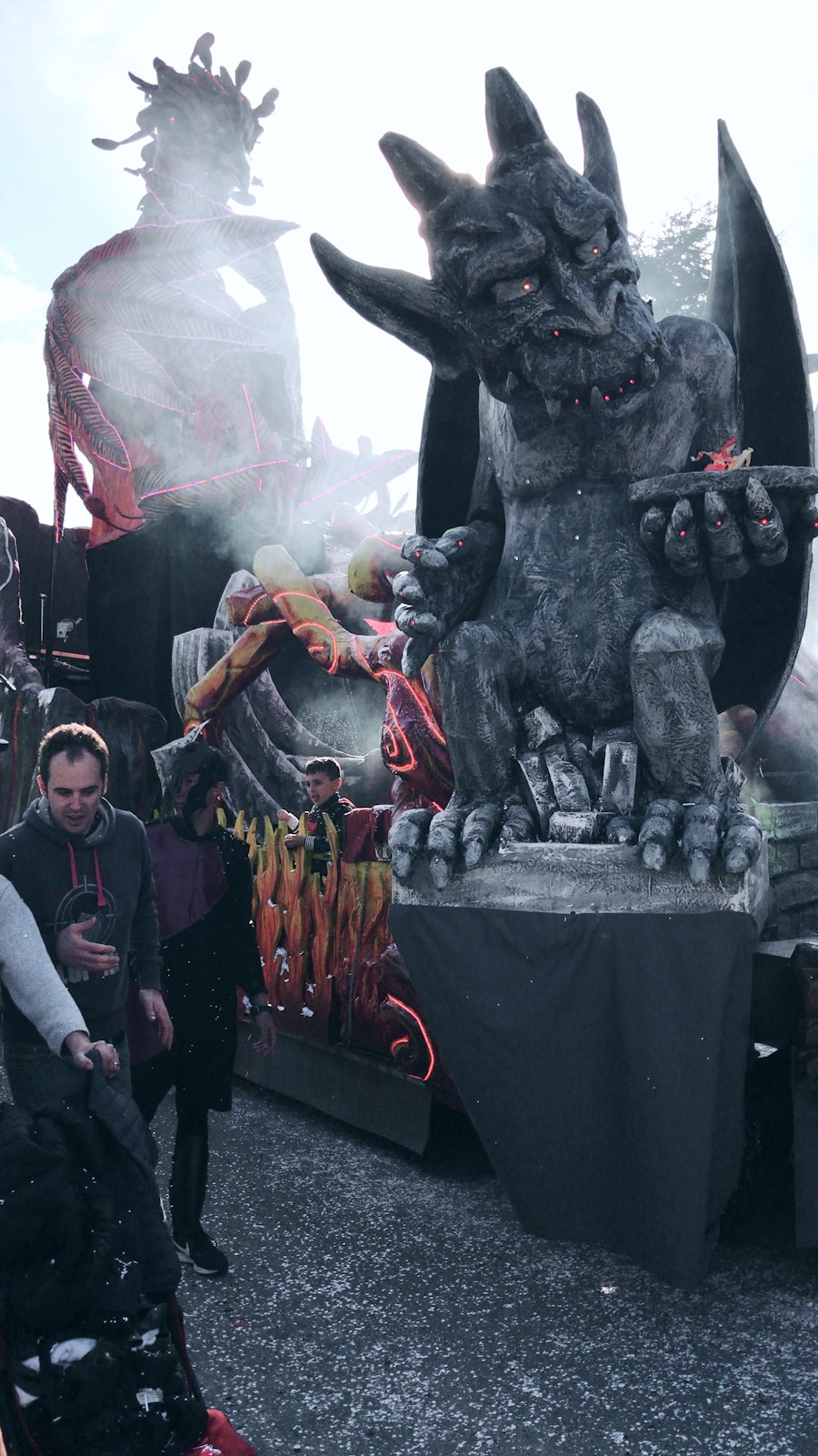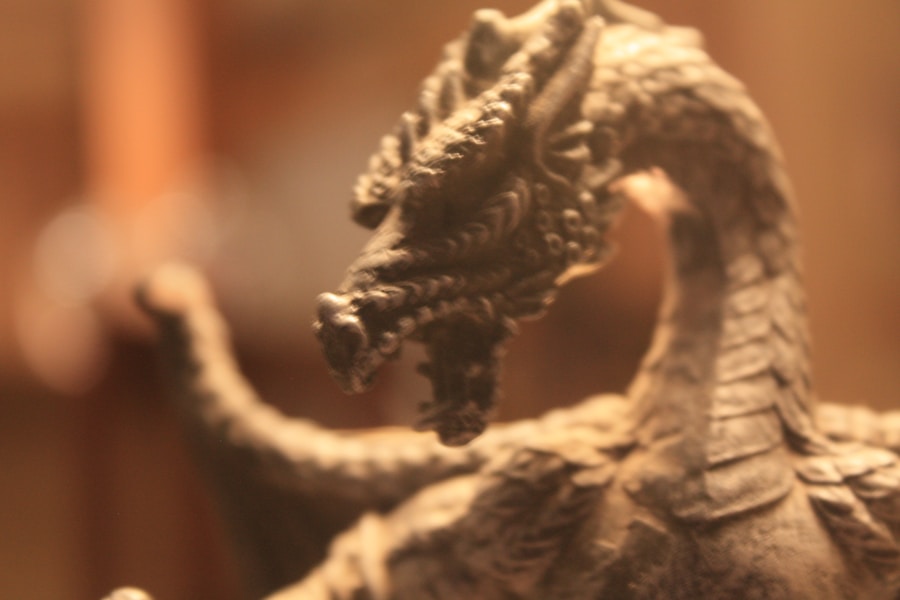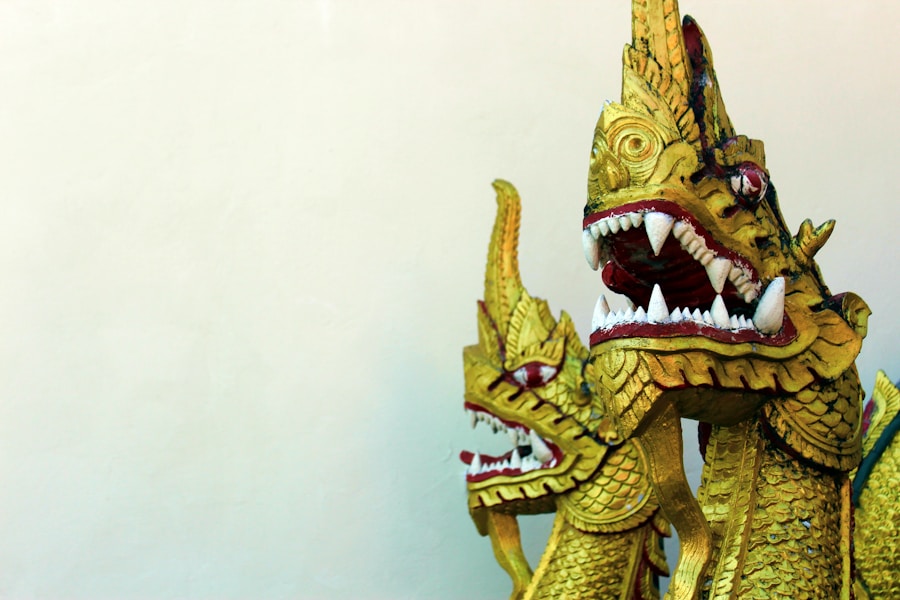American monster films have long captivated audiences, weaving tales of terror and wonder that resonate deeply within the human psyche. From the early days of cinema, these films have served as a mirror reflecting societal fears, anxieties, and aspirations. You may find yourself drawn to the iconic imagery of towering creatures wreaking havoc, or perhaps the more subtle, psychological monsters that lurk in the shadows.
These films not only entertain but also provoke thought about humanity’s relationship with nature, technology, and the unknown. As you delve into the world of American monster films, you will discover a rich tapestry of narratives that span decades. From the classic black-and-white horror of the 1930s to the CGI spectacles of the 21st century, these films have evolved while maintaining their core themes.
They often explore the duality of man—our capacity for destruction and our desire for connection. This exploration is particularly evident in the way monsters are portrayed, often serving as both antagonists and tragic figures. As you engage with these stories, you may find yourself questioning what it truly means to be a monster.
Key Takeaways
- American monster films have a long history and have played a significant role in shaping the concept of kaiju in popular culture.
- The evolution of kaiju concepts has been influenced by American monster films, leading to the development of iconic creatures with unique characteristics and abilities.
- American monster films have had a profound impact on the design of kaiju, influencing their appearance, behavior, and abilities in popular media.
- The cultural impact of American monster films on kaiju has been significant, with these creatures becoming symbols of power, destruction, and resilience in global popular culture.
- American monster films have played a key role in the globalization of kaiju, introducing these creatures to audiences around the world and shaping their perception in different cultural contexts.
Evolution of Kaiju Concepts
Early Days: Mindless Forces of Nature
Initially, kaiju were often depicted as mindless forces of nature, wreaking havoc without reason. These early films showcased the destructive power of these creatures, leaving audiences in awe of their sheer size and strength.
Infusing Deeper Meanings
However, as filmmakers continued to explore the kaiju genre, they began to infuse these monsters with deeper meanings, reflecting societal issues and human emotions. The early days of kaiju films, such as “Godzilla” (1954), saw the creature as a direct response to the horrors of nuclear warfare.
Symbolism and Cultural Significance
You might find it fascinating how this monster became a symbol of both destruction and resilience, embodying Japan’s struggle to rebuild after World War II. As we continue to explore the evolution of kaiju, we’ll see how these creatures have become complex characters that reflect the cultural narratives of their time.
Influence of American Monster Films on Kaiju Design

As you examine the design of kaiju, it becomes clear that American monster films have played a pivotal role in shaping their visual aesthetics. The iconic designs of creatures like King Kong and Godzilla have set a standard that many filmmakers aspire to replicate or innovate upon. You may notice how American films often emphasize scale and detail, creating monsters that are not only terrifying but also visually stunning.
This attention to design has influenced how kaiju are portrayed on screen, leading to more intricate and imaginative representations. Moreover, the blending of American and Japanese influences has resulted in a diverse array of kaiju designs that reflect both cultures’ artistic sensibilities. For instance, while American monsters often embody brute strength and ferocity, Japanese kaiju frequently incorporate elements of mythology and spirituality.
As you explore this interplay between design philosophies, you will appreciate how filmmakers draw from various sources to create unique creatures that resonate with audiences worldwide. This cross-pollination has enriched the kaiju genre, allowing for endless possibilities in creature design.
Cultural Impact of American Monster Films on Kaiju
| Movie Title | Release Year | Box Office Revenue | IMDb Rating |
|---|---|---|---|
| Godzilla | 1954 | 2.25 million | 7.6 |
| King Kong vs. Godzilla | 1962 | 12 million | 5.9 |
| Godzilla (2014) | 2014 | 529.1 million | 6.4 |
| Kong: Skull Island | 2017 | 566.7 million | 6.6 |
The cultural impact of American monster films on kaiju extends beyond mere aesthetics; it encompasses themes, narratives, and societal reflections. As you engage with these films, you will see how they address pressing issues such as environmentalism, technological advancement, and the consequences of human hubris. The portrayal of kaiju often serves as a commentary on humanity’s relationship with nature and the repercussions of our actions.
You may find it compelling how these narratives resonate with audiences across different cultures, highlighting universal fears and aspirations. Additionally, American monster films have contributed to the globalization of kaiju culture. As you explore this phenomenon, you will notice how these films have inspired international collaborations and cross-cultural exchanges.
The success of American productions featuring kaiju has led to increased interest in Japanese cinema and vice versa. This cultural dialogue has enriched both industries, allowing for a more nuanced understanding of what monsters represent in various contexts. You may find yourself reflecting on how these films serve as a bridge between cultures, fostering appreciation for diverse storytelling traditions.
American Monster Films and the Globalization of Kaiju
The Rise of Hollywood Blockbusters
The success of Hollywood blockbusters featuring giant monsters has paved the way for increased interest in Japanese kaiju films, leading to a resurgence in their popularity.
A Blending of Styles and Storytelling Techniques
You might find it intriguing how this exchange has allowed for a blending of styles and storytelling techniques that enrich both cinematic traditions. Moreover, as you explore the globalization of kaiju, consider how social media and streaming platforms have facilitated this phenomenon.
A New Generation of Fans
This accessibility has led to a new generation of fans who are eager to engage with both American and Japanese monster films. As you navigate this landscape, you may find yourself part of a global community united by a shared love for these larger-than-life creatures.
The Role of American Monster Films in Shaping Kaiju Storytelling

American monster films have significantly influenced the storytelling techniques employed in kaiju narratives. As you analyze these stories, you will notice how they often incorporate elements of suspense, character development, and moral dilemmas that resonate with audiences on multiple levels. The complexity of characters—both human and monster—adds depth to the narrative, allowing viewers to empathize with their struggles and motivations.
You may find it fascinating how this approach transforms traditional kaiju stories into multifaceted explorations of humanity. Furthermore, American monster films have introduced innovative storytelling structures that have been adopted by kaiju filmmakers worldwide. The use of non-linear narratives, multiple perspectives, and intertwining storylines has enriched the genre’s storytelling potential.
As you engage with these narratives, consider how they challenge conventional tropes and invite viewers to think critically about the themes presented. This evolution in storytelling not only enhances the viewing experience but also encourages deeper reflections on the nature of monstrosity and humanity.
American Monster Films and the Future of Kaiju Concepts
Looking ahead, the influence of American monster films on kaiju concepts is poised to continue evolving. As technology advances and storytelling techniques become more sophisticated, you can expect to see even more innovative interpretations of kaiju in future films. The integration of virtual reality and augmented reality experiences may offer new ways for audiences to engage with these colossal creatures, blurring the lines between fiction and reality.
You might find it exciting to imagine how these advancements could reshape your understanding of kaiju narratives. Moreover, as global awareness around environmental issues grows, future kaiju films may increasingly reflect these concerns. You may notice a shift towards narratives that emphasize ecological themes and advocate for sustainability.
This evolution could lead to a new generation of kaiju that not only entertain but also inspire action and awareness regarding pressing global challenges. As you contemplate the future of kaiju concepts, consider how these films can serve as powerful vehicles for social change while remaining true to their roots in horror and spectacle.
The Enduring Influence of American Monster Films on Kaiju
In conclusion, the enduring influence of American monster films on kaiju is undeniable. As you reflect on this relationship, consider how these films have shaped not only the design and storytelling techniques associated with kaiju but also their cultural significance across borders. The interplay between American and Japanese cinema has enriched both traditions, fostering a deeper appreciation for the complexities inherent in monster narratives.
As you continue your journey through the world of kaiju cinema, remember that these stories are more than just tales of destruction; they are reflections of our fears, hopes, and aspirations as a society. The legacy of American monster films will undoubtedly continue to shape the future of kaiju concepts, inviting new generations to explore what it means to confront our own monstrosities—both within ourselves and in the world around us.
